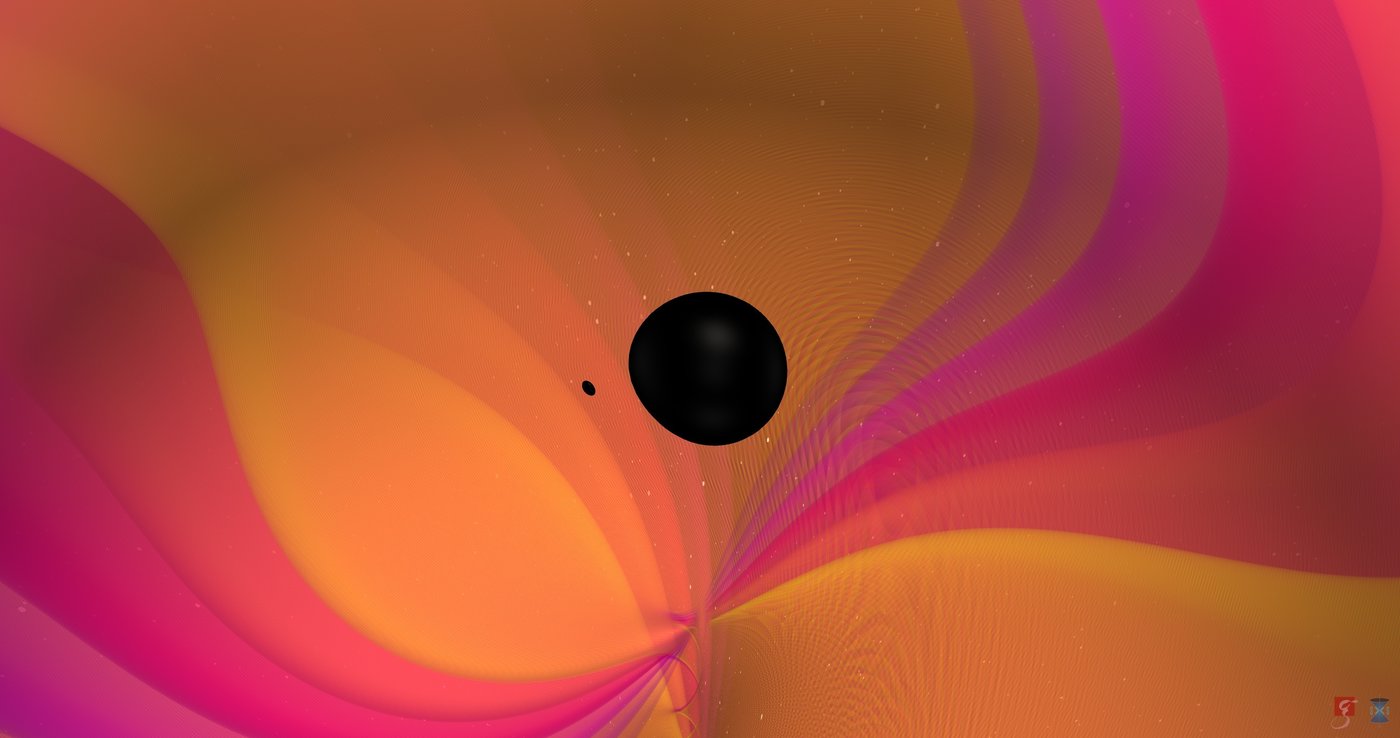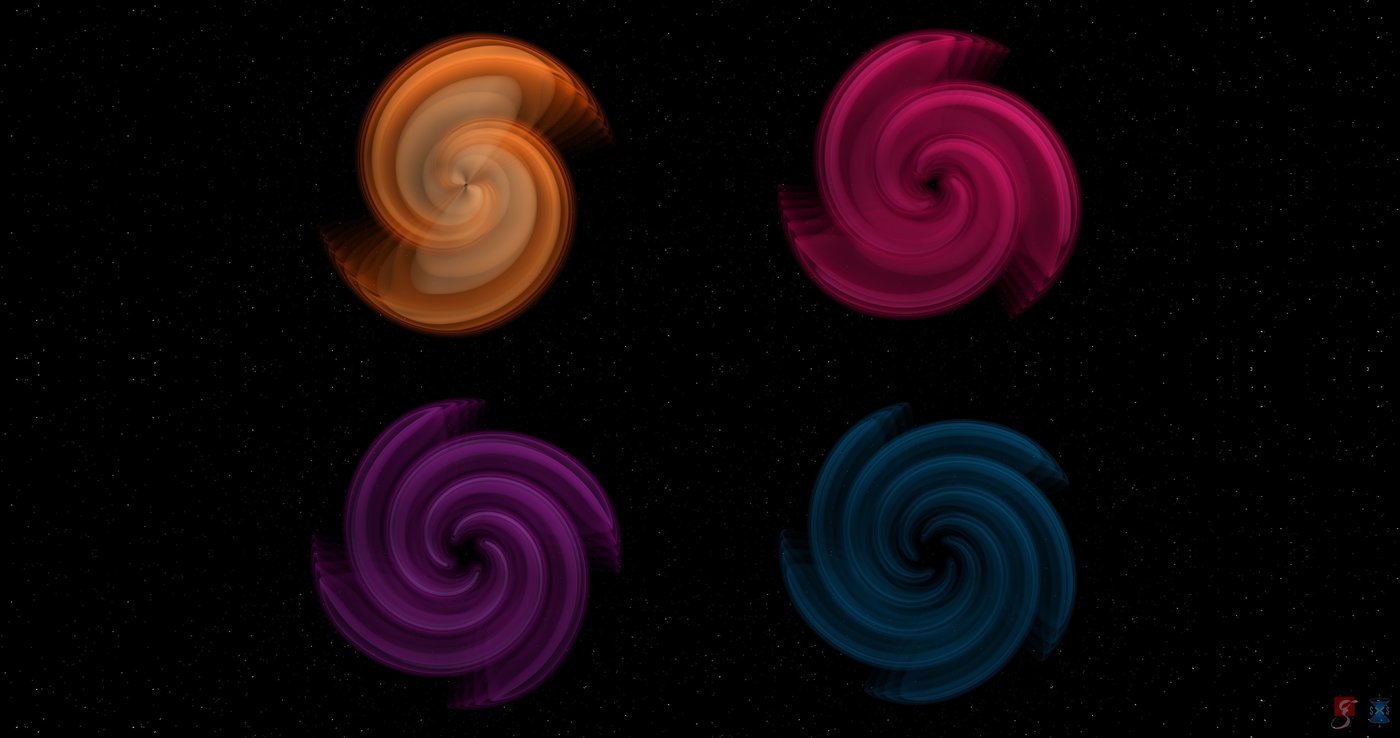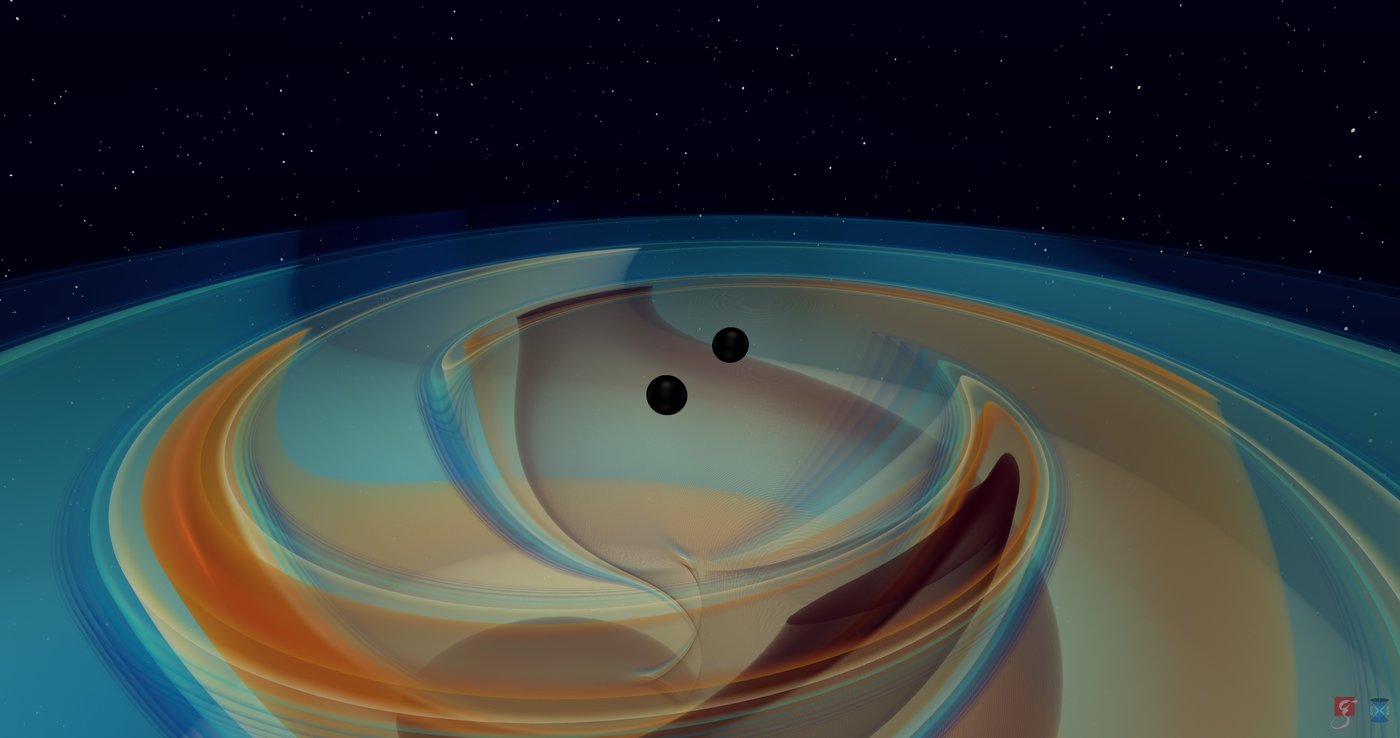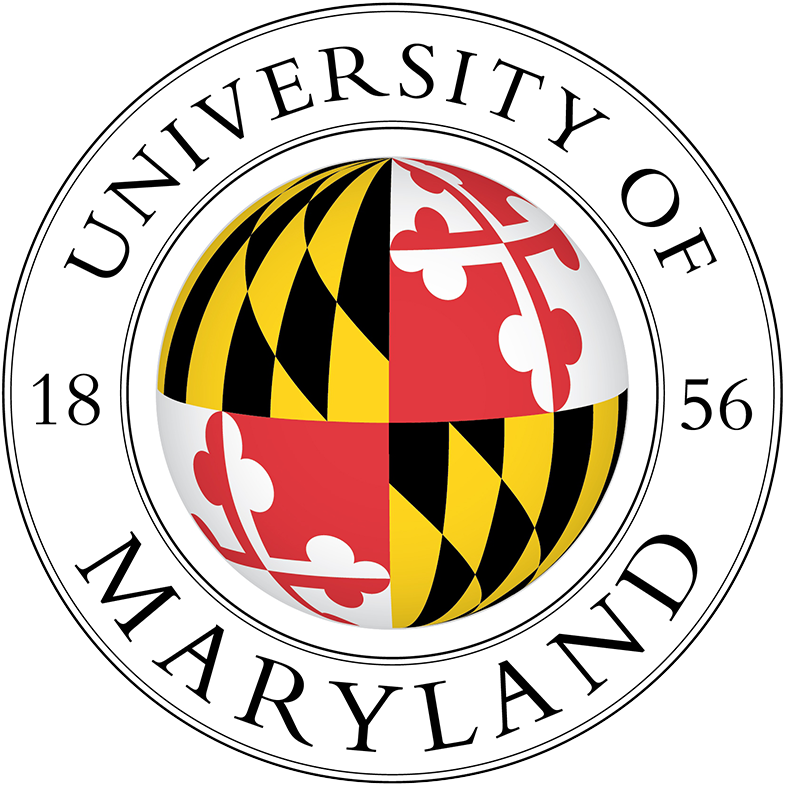Synopsis
In early 2016, one hundred years after Einstein predicted the existence of gravitational waves on the basis of his theory of General Relativity, the LIGO Scientific Collaboration and the Virgo Collaboration announced the first observation of gravitational waves passing through the Earth emitted by the merger of two black holes one billion four-hundred million light years away. Since then, about one hundred gravitational-wave signals have been observed by LIGO and Virgo detectors, including the coalescence of binary neutron stars, and mixed binaries composed of a neutron star and a black hole.
In this course we will review what gravitational waves are, how they are produced, what are the main astrophysical and cosmological sources and how we model them, using analytical and numerical relativity. We will also review the quest for gravitational waves, which culminated with the discovery by LIGO and Virgo, and discuss how those new astronomical messengers are detected and how they can probe strong gravity and unveil the properties of the most extreme astrophysical objects in the universe.



(Click on the images to learn more on the events)
Classes schedule:
Classroom: Online
Lecture days: Mondays and Tuesdays: 4:00pm – 5:30pm (CEST) [90 min]
Lecture/Training days: Thursdays: 4:30pm – 6:00pm (CEST) [90 min]
First day of classes: October 24th (postponed from October 17th)
Last day of classes: December 13th (for UMD students the last day of classes is December 12th)
Instructor contact info:
Name: Alessandra Buonanno
Office rooms: office # 1.24 @ AEI; office # 3149 @ UMD
E-mail: alessandra.buonanno@aei.mpg.de; buonanno@umd.edu
Phone: +49 331 567 7220; +1 301 405 1440
Office hours: by appointment
Teaching Assistant contact info:
Names: Raj Patil and Lorenzo Pompili
Office rooms: office # 0.64, 0.62 @ AEI
E-mail: raj.patil@aei.mpg.de, lorenzo.pompili@aei.mpg.de
Phone: +49 331 567-7187, +49 331 567-7182
Office hours: by appointment
Textbooks:
Required textbook: “Gravitational Waves Volume 1: Theory and Experiments”, by Michele Maggiore.
Other useful textbooks:
“Gravitational Waves Volume 2: Astrophysics and Cosmology”, by Michele Maggiore.
“Gravitational Waves in Physics and Astrophysics: An artisan’s guide”, by M. Coleman Miller and Nicolas Yunes.
“Gravitational Wave Physics and Astronomy” by Jolien Creighton & Warren Anderson.
“Gravity” by Eric Poisson & Cliff Will.
“Introduction to General Relativity, Black Holes & Cosmology” by Yvonne Choquet-Bruhat.
Prerequisites:
To follow the classes, students should be already familiar with the material covered in an introductory General Relativity course. It is not necessary to have followed a course in astrophysics and/or cosmology.
Exam:
Master students at Humboldt University are required to collect at least half of the whole points available in the homeworks in order to access to the final exam, which will consist in a digital oral examination. Graduate students at UMD and IMPRS students at the Max Planck Institute for Gravitational Physics do not have to take an exam.
Homeworks policy:
- Late homeworks are accepted only under serious circumstances (to be discussed before due day).
- You are encouraged to discuss homeworks with other students, however the work you turn in should be your own formulation and reflection.
- Use of previous solutions is not allowed (violation of this rule is cause for failure of the course).
- Homework sets must show reasoning leading to the final answers in a clear and readable fashion to obtain credit.
- Please, include your name and, if you submit handwritten homeworks, write very clearly.
- Please, hand in homeworks, digitally typeset or as a clear scan, to both TAs by email on the due day before class starts.
Grading:
For master students at Humboldt University, the course grade will be based on the final exam. However, they are required to collect at least half of the whole points available In the assignments in order to access it. For graduate students at UMD and IMPRS students at the Max Planck Institute for Gravitational Physics, the course grade will be based on the homeworks.
Notes:
The lectures will be given entirely remotely for master students at Humboldt University and graduate students at UMD (the Zoom link will be posted on this website). The lectures will be given in person at the Max Planck Institute for Gravitational Physics.
Students and researchers of the AEI (Hannover and Potsdam) and of partner institutions in the Potsdam area who are not part of the Gravitational-Wave IMPRS at the AEI-Potsdam and who would like to audit the course will need to register by sending an email to Brit Holland: brit.holland@aei.mpg.de
Syllabus:
Note: what is below is a tentative course plan. It will be adjusted during the course.
The section numbers in the table below refer to the books by M. Maggiore
| Date (week) | Monday & Tuesday (lectures) | Thursday (lectures or tutorials) | Reading material |
| Oct 17, 18 & 20 (week 1) | Classes canceled because of COVID | ||
| Oct 24, 25 & 27 (week 2) | A glimpse of GW astrophysics Linearization of Einstein equations, Lorenz gauge, TT gauge [1.1, 1.2] | Interaction of GWs with freely falling test particles, key ideas underlying GW detectors [1.3] Supplemental slides | Einstein (1916) Einstein (1918) Eddington (1922) Einstein-Rosen (1937) 100 years of GWs First GW detection by LIGO Basic physics of GW150914 Flanagan & Hughes (2005) |
| Oct 31, Nov 1 & 3 (week 3) | Effective EMT of GWs, GW energy and linear momentum fluxes [1.4] Leading-order generation of GWs in the slow-motion approximation, quadrupole formula [3.1–3.3] Characteristics of GWs and power radiated from binary systems [4.1] | GWs from binary systems on inspiraling, circular orbits [4.1] GWs from pulsars [4.2] | 1957 Chapel Hill Conference: Pirani & Feynman Ni-Zimmermann (1972) Estabrook-Wahlquist (1975) Rakhmanov (2004) Kennefick (1997) Isaacson (1968) |
| Nov 7, 8 & 10 (week 4) | Post-Newtonian approximation & effective field theory Masses, spins and tidal effects [guest lecturer: Jan Steinhoff] | Tutorial by TAs | Jackson, Classical Electrodynamics (Ch. 6.6) Levi, arxiv:1807.01699 Huang, Quantum Field Theory (Ch. 16) |
Nov 14, 15 & 17 (week 5) | PN templates and their range of validity [7.2] Supplemental slides Effective-one-body theory: conservative dynamics | Effective-one-body theory: dissipative dynamics and waveforms Supplemental slides | Buonanno-Damour (1999) Buonanno-Damour (2000) Buonanno & Sathyaprakash (2014) (see Sec. 6.2.3) Damour (2012) Finn & Chernoff (1993) Buonanno (2007) (see Sec. 6.4) Vishveshwara (1970) Press (1971) |
| Nov 21 & 22 (week 6) | Numerical relativity [guest lecturer: Harald Pfeiffer] | No class (Thanksgiving in the US) | |
| Nov 28, 29 & Dec 1 (week 7) | Analytical/numerical relativity templates for searches and inference studies of GWs from compact-object binaries Matched filtering [7.1, 7.3] Probing non-GR theories with gravitational-wave observations [guest lecturer: Felix Julie] | Probing non-GR theories with gravitational-wave observations [guest lecturer: Felix Julie] | |
| Dec 5, 6 & 8 (week 8) | Black-hole perturbation theory and quasi-normal modes [guest lecturer: Hector Silva] additional references on QNMs | Tutorial by TAs Mathematica examples | Regge-Wheeler (1957) Detweiler-Chandrasekhar (1975) Ferrari-Mashhoon (1984) Mashhoon (1985) Schutz-Will (1985) |
| Dec 12 & 13 (week 9) | Detection and parameter estimation of GWs from compact-object binaries [7.4] Inferring astrophysical, cosmological and fundamental- physics information from GW signals [15] Supplemental slides | GW150914-properties GW150914-tests-of-GR |
Homeworks:
Homework sheets assigned:



